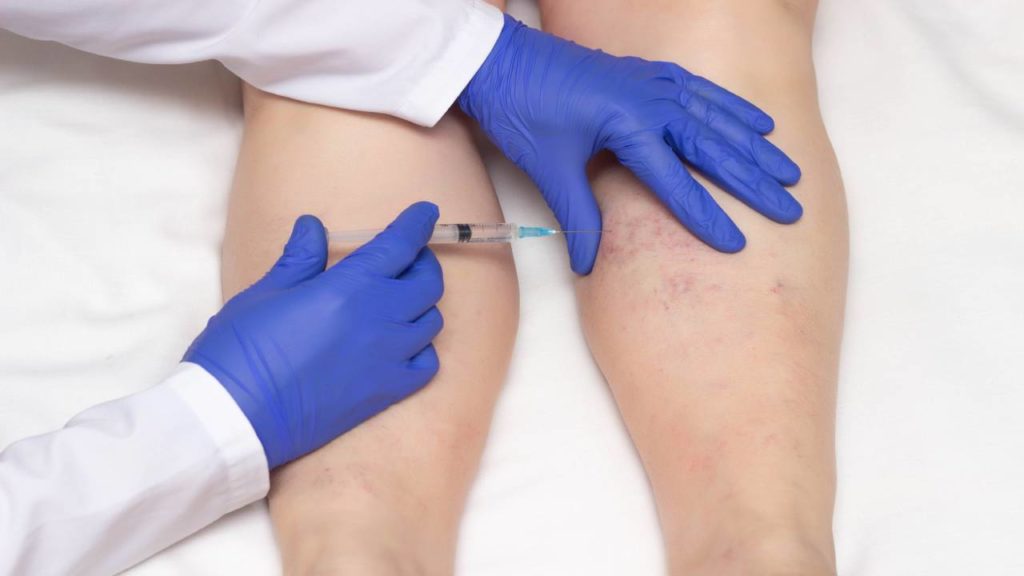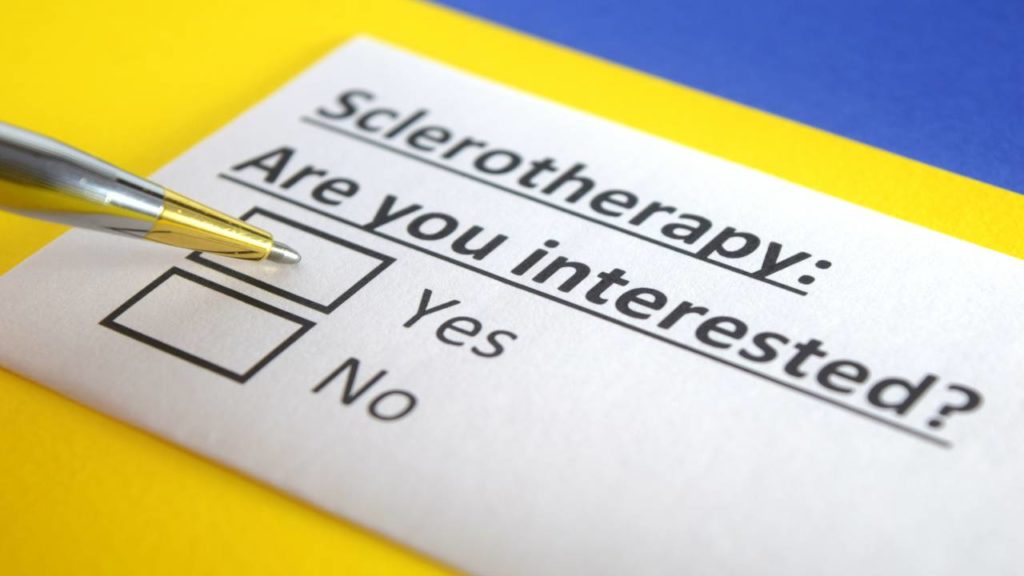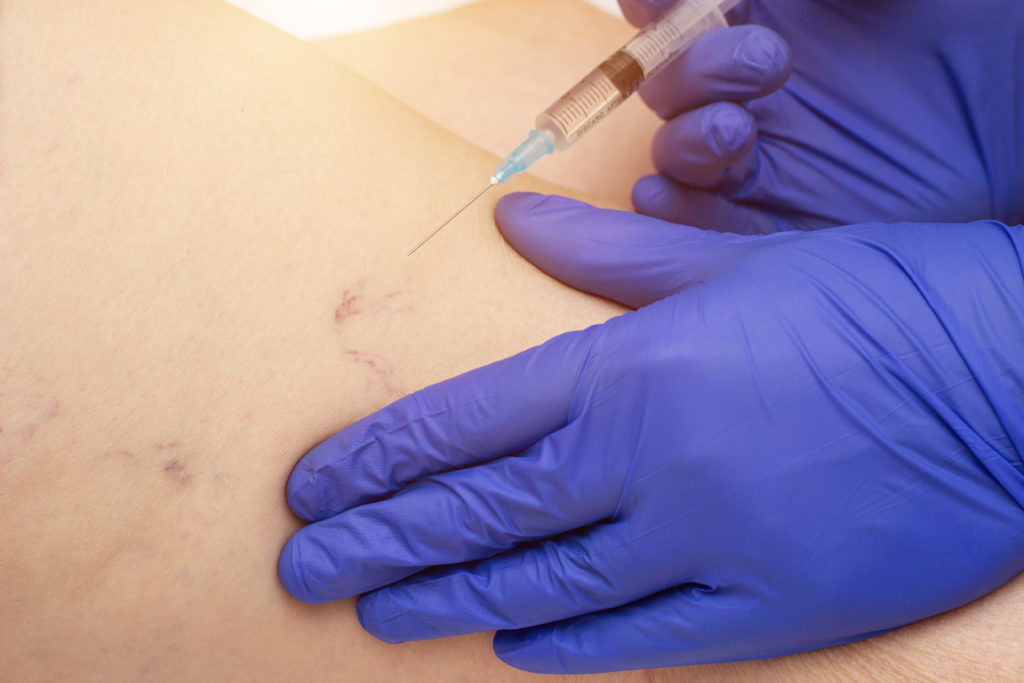A spider vein’s color can range from light blue to dark red or purple. The most common examples include thin lines, webs, and branches. The term “thread veins” is also used to describe the veins. They are rarely painful or harmful. On the other hand, some might want to treat them for cosmetic reasons.
Thanks to current technological and medical innovations, it’s easier to erase or at least reduce the appearance of leg veins. In this article, we will scrutinize the factors that lead to spider veins as well as the treatments that are currently available.
What Causes Spider Veins?
Spider veins are a familiar condition that can arise in the legs when the internal valves of the veins become dysfunctional.
Veins are liable for transporting blood back to the heart. They are equipped with a valve that only allows blood to flow in one direction and shuts after the blood has passed through it, preventing blood from flowing in the opposite direction. If this valve becomes weak or is damaged, the blood may have trouble streaming in the correct order, and it may begin to pool inside the vein. If this happens, the vein may become swollen. As a consequence of the bulge in the vein, spider veins may emerge after some time has passed.
Similarly, spider veins on the face are frequently the result of the rupture of tiny blood vessels. These can be obtained by things like high blood pressure or damage caused by the sun.
Difference Between Spider And Varicose Veins
Spider and varicose veins are both manifestations of venous insufficiency, a medical condition affecting blood circulation. In both instances, the problem can be traced back to damaged or weakened valves in the leg veins. However, the signs and symptoms of the two different issues are entirely separate.
Flat and slightly raised spider veins are the two primary types. The most typical color palettes include blue, red, and purple. Although they occasionally cause discomfort, most people don’t mind having them.
In comparison to spider veins, varicose veins are more prominent and deeper. There is a possibility that their appearance will also appear twisted or lumpy.
Varicose veins are a common medical condition that can cause various symptoms but only in severe cases. Here are some of the following symptoms of a severe case of varicose veins:
- itching
- swelling
- pain
- bleeding
- Aches or heavy feeling in the affected areas
According to some studies, people with varicose veins have a higher risk of blood clots and circulatory problems.
What Treatments Dermatologists Recommend
Self-care and cosmetic procedures that do not require invasive surgery are two available treatment options. These methods are designed to improve skin appearance and overall confidence without significant downtime. A dermatologist might recommend one or more of the following treatments for their patient:
Self-Care Suggestions
Your dermatologist should be able to offer you advice on how to enhance your circulation and prevent them from appearing. Here are some suggestions that they provide:
- Raise your legs from time to time.
- If you are sitting for long periods, you should stand and walk. Preferably, once every 30 minutes.
- Avoid long warm baths.
- Exercise to promote bodily circulation.
However, note that self-care suggestions cannot eliminate existing spider veins, only prevent new ones from appearing.
Wearing Compression Stockings
The constant pressure applied by these stockings helps blood circulation back to the heart. Likewise, the risk of developing a blood clot is decreased since continuous pressure is applied to your lower legs. Nevertheless, any spider veins that are already present will not disappear.
A dermatologist can examine you to determine the best size and level of compression for your stockings and ensure that you benefit most.
Sclerotherapy
Sclerotherapy involves injecting minimal amounts of a solution into spider veins to cause them to constrict. Once the veins have reached their maximum narrowing, they will close and be absorbed by the body. Blood flow to the area is stopped due to the solution’s irritant and disintegrating effects on the inner lining of the blood vessel. Once carried by the collapsed veins, the blood flow will be taken over by nearby healthy blood vessels.
Because of the minimal gauge of the needles used, the procedure causes very little to no discomfort. Sclerotherapy is a non-invasive procedure that poses very few significant risks and is safe to perform. When a substance is injected into a vein, the cells lining the inside become irritated, swollen, and damaged. Consequently, the location will appear to be worse before gradually improving. Around 30 days, most patients will observe a discernible improvement in their condition.
Different patients may require a different number of treatments. This is because the number of treatments required depends on the type, size, and quantity of veins that need to be treated. In most cases, free screening is followed by a single sclerotherapy session that lasts for half an hour.
After receiving treatment, patients will be instructed to walk, but they should avoid engaging in strenuous activity for the next day or two. Patients are typically recommended to wear compression stockings for a few weeks to aid recovery. After receiving multiple treatments, most patients experience improvements ranging from fifty to ninety percent.
Laser Treatment
Lasers are one of the best treatments for spider and tiny varicose veins. During the procedure, your dermatologist will direct the laser light at the vein that needs to be treated.
Following treatment, you may notice an immediate disappearance of the spider veins. More prominent varicose veins and spider veins will darken, and it will probably be a month or three before you no longer notice them. You may need three or more treatments to see a complete clearing.
Most patients can return to their jobs and regular activities the day after receiving treatment. After each treatment, certain patients must comply with the recommendation to wear compression stockings for a limited time.
Every patient must stay out of the sun for at least three to four weeks after completing their treatment. Because of this, the likelihood of dark spots appearing is reduced. You can reduce your risk of developing new spider veins and skin cancer by maintaining a sun protection routine throughout the year.
Takeaway
Vein damage or blood vessel rupture is the cause of spider veins. People may want to treat them for cosmetic reasons, but they are usually painless and don’t pose any health risks. Fortunately, several treatment options can help reduce or eliminate the appearance of spider veins. If you are interested in any of these treatment options, contact and visit our clinic, OC Cosmetic And Vein Center. We also offer other services that help address the aesthetic concerns of our clients.




